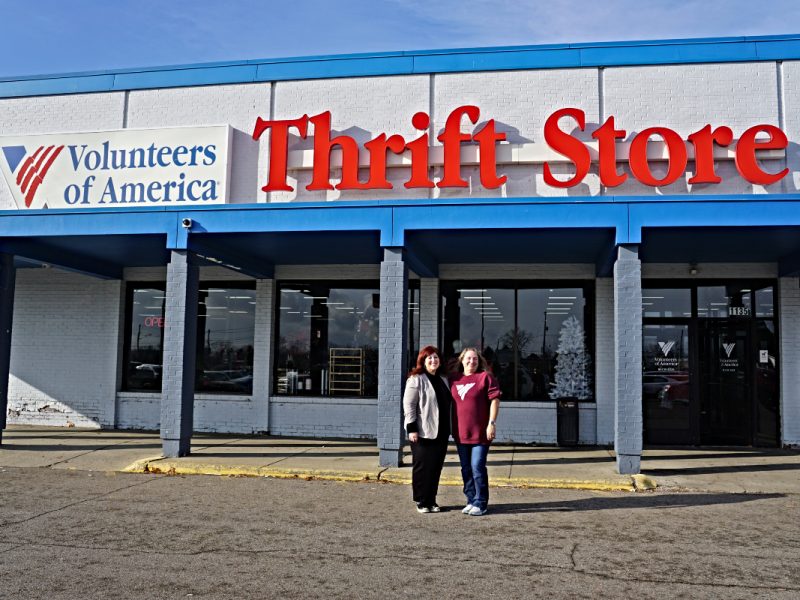Green Space: What, exactly, does an energy audit entail?
The Rebuild Michigan program provides a way for businesses and non-profits to learn about how their buildings make use of energy and where efficiency improvements can be made. Green Space got to tag along on an energy audit performed on a Detroit building, and is here to spill the beans.
The place: Mercy Education Project, a non-profit that works to improve educational opportunities for females in Southwest Detroit.
The setting: A 9,000 square foot warehouse built in 1977 just west of Downtown. MEP moved in in 2003 and completed extensive interior renovations in 2004.
The task at hand: An energy audit performed by Douglas Black, a LEED accredited professional through the US Green Building Council. Black was contracted through WARM Training‘s facilitation of the state energy office’s Rebuild Michigan program in the city of Detroit.
The motivation: MEP executive director Amy Amador was interested in exploring improvements in systems and operations that would keep her organization’s expenses as low as possible.
The backstory: Black performed a walk-through assessment of the building on Feb. 22, at which time he visually inspected electrical, mechanical and HVAC equipment, temperature controls and lighting. He also analyzed utility usage for the property over some time.
As your intrepid Green Spacer joins the audit in progress on March 6, Black and Amador are meeting to discuss the evaluation report he has put together based on his assessment visit. He has crafted a series of recommendations for the organization that he estimates can save them up to $3,000 per year. Some are simple, some more complicated. He describes each measure, then we walk through the space and he points things out. It was really that simple.
Here are some of the highlights of the recommendations:
- Retrofitting standard T12 fluorescent fixtures with T8s — an easy solution that improves light quality and can cut lighting costs up to 30%.
- Occupancy sensors should be installed in sporadically-used rooms like utility closets and, in the case of a facility like MEP, individual tutoring rooms that don’t see steady visits all day long.
- Basic things like weatherstripping doors and insulating water heater pipes and duct work shouldn’t be ignored in favor of flashy improvements.
- This one was interesting: a simple timer installed on a water fountain keeps water from being cooled 24 hours a day, an unnecessary energy hog.
- Toilets and sinks should be retrofitted with low-flow valves and faucets.
- Light-colored roof insulation — common in southern climates, but not so much here (yet) — reduces the load on large commercial rooftop air conditioners.
- Raise that summer temperature just one or two degrees and lower it a tad in the winter for some major savings. For example, it costs 36% more to cool a room to 72 degrees rather than 76; likewise, it costs 22% more to heat a building to 72 degrees rather than 68.
- Long-term recommendations included insulating the windows and, as needed, replacing appliances with Energystar equivalents.
All in all, direct instructions on tangible tasks to implement. Good stuff.
While the Rebuild Michigan program performs audits for free for qualified non-profits, school systems and municipalities, commercial audits can be arranged for a fee. As Black says in his report, “The longer you wait, the more money you will lose.”
Anyone interested in enrolling in the program should contact Diane VanBuren Jones at WARM Training; developers interested in implementing energy savings into new buildings should contact Jacob Corvidae. The office’s number is 313-842-1030.
Writer: Kelli B. Kavanaugh








